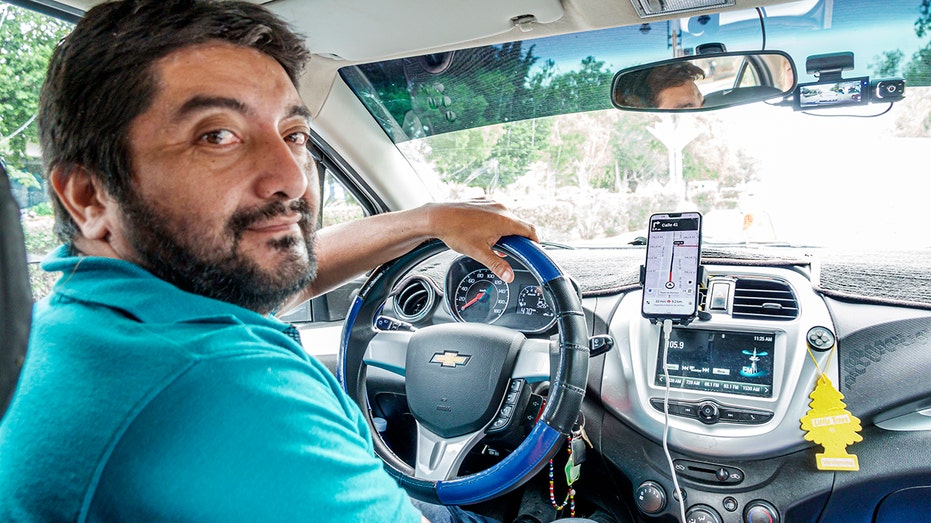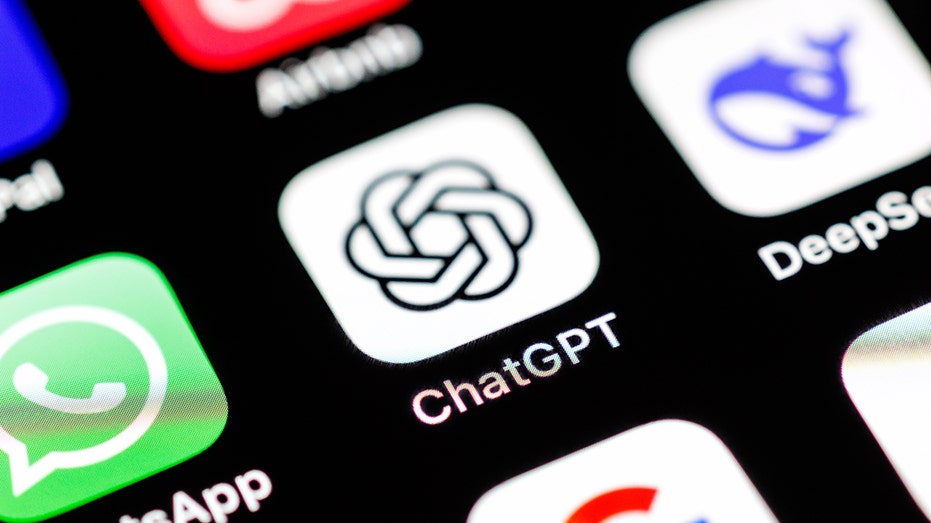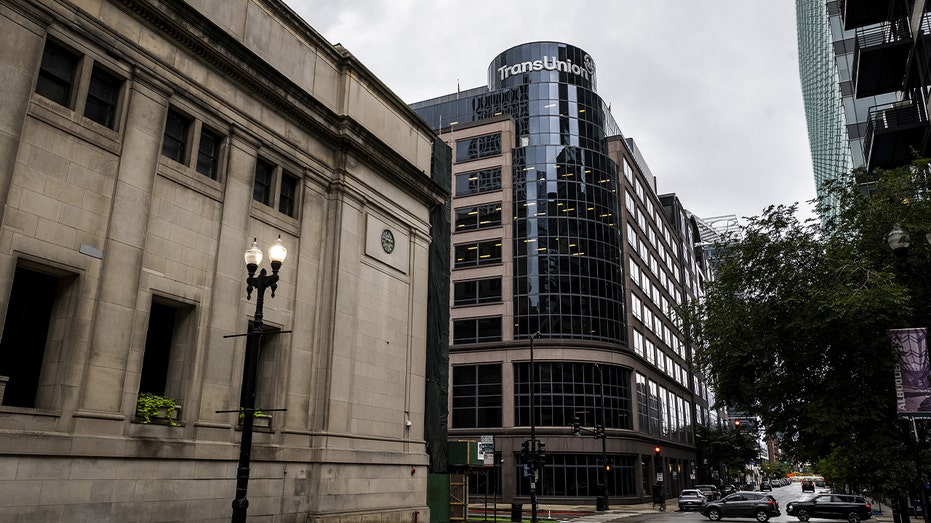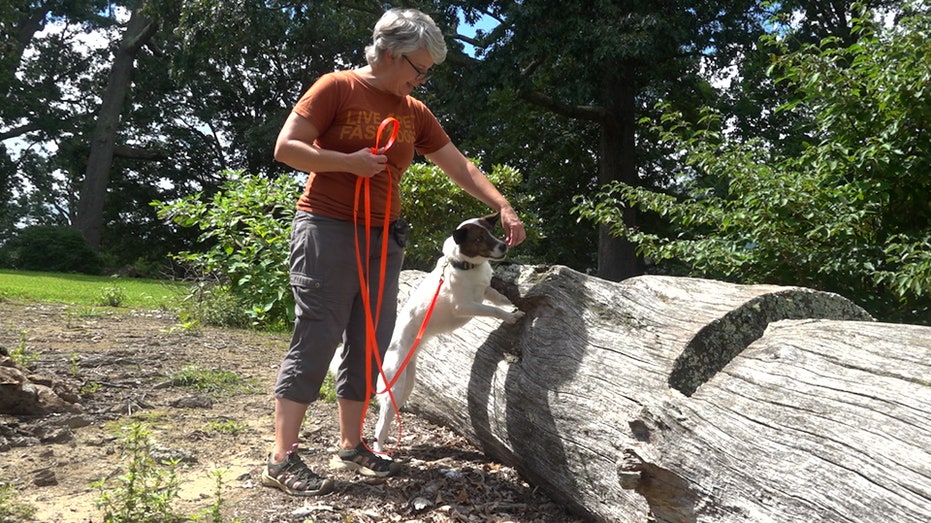Lawmakers call to remove Charlie Kirk assassination videos
TikTok, Meta and YouTube restrict Charlie Kirk shooting videos with age gates and warnings while X faces criticism for allowing continued circulation.

When conservative activist Charlie Kirk was shot and killed during a speaking event at Utah Valley University, videos of the attack spread almost instantly across social media. Within minutes, graphic clips appeared on TikTok, X, Instagram, Facebook and YouTube.
Lawmakers quickly demanded that the platforms take action. Rep. Anna Paulina Luna, R-Fla., publicly called on Elon Musk, Mark Zuckerberg and TikTok to remove the footage. Luna wrote on X, "He has a family, young children, and no one should be forced to relive this tragedy online." Rep. Lauren Boebert, R-Colo., echoed the plea, saying, "I agree completely! I NEVER want to see that again!! I hate that I saw it at all."
That outrage quickly shifted the spotlight to the platforms themselves, with TikTok, Meta and YouTube outlining their responses while X remained largely silent.
Sign up for my FREE CyberGuy Report
Get my best tech tips, urgent security alerts and exclusive deals delivered straight to your inbox. Plus, you’ll get instant access to my Ultimate Scam Survival Guide — free when you join my CYBERGUY.COM newsletter
CHARLIE KIRK ASSASSINATION ROCKS CAPITOL HILL, HEIGHTENS LAWMAKERS' SECURITY FEARS
TikTok confirmed it is removing videos of Charlie Kirk's assassination and outlined the steps it is taking to prevent harmful clips from spreading further. The company also issued a statement to CyberGuy expressing condolences to Kirk's family. A TikTok spokesperson said, "We are saddened by the assassination of Charlie Kirk and send our deepest condolences to his wife Erika, their two young children and their family and friends. These horrific, violent acts have no place in our society. We remain committed to proactively enforcing our Community Guidelines and have implemented additional safeguards to prevent people from unexpectedly viewing footage that violates our rules."
Beyond the statement, TikTok pointed to its broader Community Guidelines. The platform explained that all content is first reviewed by automated moderation tools before it appears in feeds. This system helps catch large volumes of content that may violate rules or require age restrictions.
TikTok prohibits gory, gruesome or extremely violent clips. The company also restricts content showing human or animal blood, extreme fighting or graphic footage. When footage may be in the public interest, TikTok applies safeguards like age restrictions, warning screens, or "opt-in" labels. These measures are designed to reduce exposure, especially for younger users.
TikTok said that teen accounts cannot access graphic or potentially distressing content, even when the videos are tied to major news events. Clips flagged under this rule are blocked from the "For You" feed and cannot be recommended to underage users.
TikTok also emphasized that it removes posts that harass victims or degrade people involved in tragedies. Statements that belittle or deny an experience, such as claiming a victim "deserved it," are banned. The platform also prohibits violent threats, incitement to violence or promotion of criminal activity.
WATCH: BIPARTISAN GROUP OF LAWMAKERS EXPRESS SHOCK, GRIEF AFTER CHARLIE KIRK'S KILLING
Meta, which owns Facebook, Instagram and Threads, confirmed that its Violent and Graphic Content policies apply to the footage of Charlie Kirk's assassination. In a statement to CyberGuy, a Meta spokesperson said,
"We are removing content that glorifies or supports this tragic incident or the perpetrator, while applying warning screens over videos of the incident and restricting their view to people 18 and over."
All clips of the shooting are now flagged with a "Mark as Sensitive" warning label. These videos are age-gated to 18 and older and cannot appear in the feeds of underage accounts.
Meta's approach includes warning screens, sensitivity filters and age restrictions. When users encounter sensitive videos, they must opt in before they can view the footage. This system is designed to protect people from unexpectedly seeing graphic imagery.
In this case, the videos are permitted under a public interest exception, but only with restrictions.
YouTube confirmed it is removing graphic videos of Charlie Kirk's assassination while also boosting authoritative news coverage of the tragedy. The company said in a statement, "Our hearts are with Charlie Kirk's family following his tragic death. We are closely monitoring our platform and prominently elevating news content on the homepage, in search and in recommendations to help people stay informed."
YouTube explained that it is removing highly graphic videos of the attack, especially those that lack sufficient context for viewers. Clips that remain online may be age-restricted, meaning they are not viewable to anyone signed out or under 18. Some of these videos also include an interstitial warning screen, which requires users to click "Continue" before the footage plays.
The company added that it will continue to monitor the platform and may remove additional content that violates its Community Guidelines. YouTube's policies specifically prohibit content that revels in or mocks the death or serious injury of an identifiable individual.
On X, formerly Twitter, videos of the shooting remain available as long as they follow the platform's graphic media policy. X requires that such clips be labeled appropriately, not prominently displayed and not "excessively gory."
However, users reported seeing the footage in their feeds without consent. Some said the autoplay feature exposed them to the videos before they could turn it off. Researchers also noted that clips were quickly reposted and continued to spread across the platform.
X allows users to share graphic media if it is properly tagged. The platform bans content that glorifies violence, incites harm or celebrates attacks. Still, videos may remain online if they are considered newsworthy or tied to current events.
The platform warns users that content labeled "sensitive" should not be displayed automatically. But in practice, researchers observed the Kirk video surfacing through algorithmic feeds, even when people had not searched for it.
X did not respond to our request for comment before publication.
For decades, news organizations made editorial decisions about whether to publish violent imagery, often avoiding explicit content to protect audiences. Today, that gatekeeping power has diminished.
Smartphones and instant uploads mean graphic events can spread before any newsroom responds. Social media algorithms often amplify the most shocking clips, making it nearly impossible to shield viewers from disturbing footage.
Luna and Boebert's statements underscore growing political pressure on tech companies to better enforce content rules. Researchers also warn that unchecked circulation of graphic violence can desensitize viewers and, in some cases, encourage extremist responses.
At the same time, major platforms have scaled back human moderation teams, relying more on AI detection systems. Experts say those systems often miss context, leaving dangerous gaps in enforcement.
Parents worried about their children encountering violent clips can take proactive steps:
These steps won't block everything, but they give families more control in a world where disturbing videos can spread fast.
The calls to remove videos of Charlie Kirk's death highlight the challenges of moderating violence online. Platforms promise safeguards, but in practice, graphic clips often spread faster than moderation systems can react. As social media continues to replace traditional gatekeepers, both companies and users share responsibility for what circulates online. Adjusting your settings and being cautious about sharing content can make a difference.
Should platforms be required to take down all graphic videos of real-world violence or should users decide what they see? Let us know by writing to us at Cyberguy.com.
Sign up for my FREE CyberGuy Report
Get my best tech tips, urgent security alerts and exclusive deals delivered straight to your inbox. Plus, you’ll get instant access to my Ultimate Scam Survival Guide — free when you join my CYBERGUY.COM newsletter.
Copyright 2025 CyberGuy.com. All rights reserved.
What's Your Reaction?

















